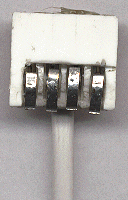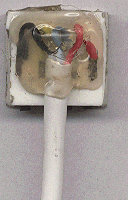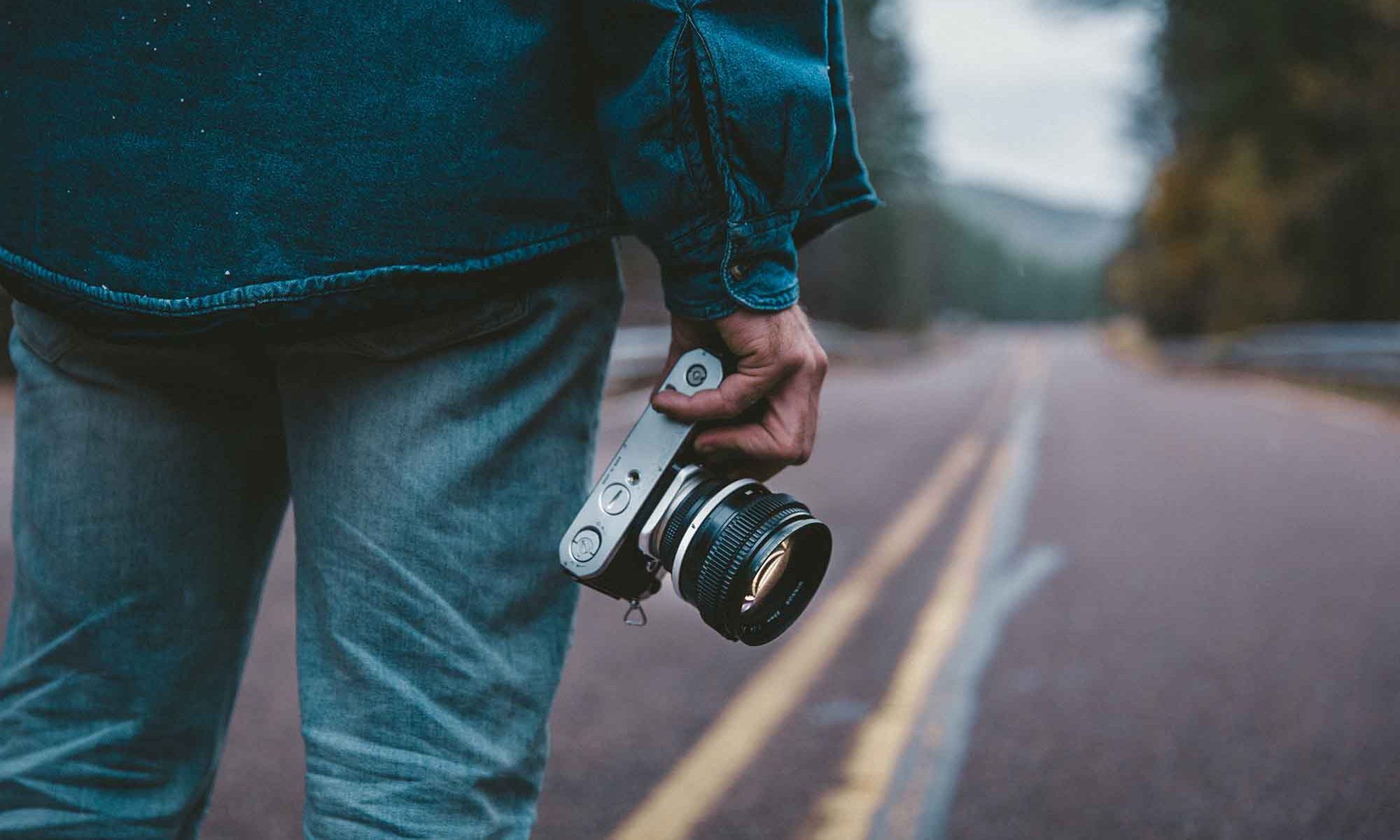 You may have already seen this on other hardware hack sites, or on Screensavers, but in case you haven’t, this is an extremely easy and quick-to-make parabolic reflector that can be used to direct the signal on your wireless (WiFi) antenna and to boost its gain (betweenb 10 and 12db). Definitely worth trying before investing in a larger commercial antenna. You can make the reflectors and mounts out of scrounged material, such as cardboard and wire mesh, or even cut-open Pringles cans.
You may have already seen this on other hardware hack sites, or on Screensavers, but in case you haven’t, this is an extremely easy and quick-to-make parabolic reflector that can be used to direct the signal on your wireless (WiFi) antenna and to boost its gain (betweenb 10 and 12db). Definitely worth trying before investing in a larger commercial antenna. You can make the reflectors and mounts out of scrounged material, such as cardboard and wire mesh, or even cut-open Pringles cans.
Koss Canal-Type Headphones Hack
 Nice DIY piece at Headwize on modding the US$20 Koss “The Plug” headphones so that they provide better audio clarity, improved acoustic isolation, and sound less tinny than the unmodified ‘phones (or the original modded version that appeared on the same site).
Nice DIY piece at Headwize on modding the US$20 Koss “The Plug” headphones so that they provide better audio clarity, improved acoustic isolation, and sound less tinny than the unmodified ‘phones (or the original modded version that appeared on the same site).
[Thanks, Craniac!]
DIY Retro-Computing
 Tom Owad, of Applefritter fame, has just released a book with a very unique concept: hands-on teaching of modern digital computer concepts through the re-construction of a computer antique: The Apple I. The book is called Apple I Replica Creation: Back to the Garage and is published by Syngress Press, the same folks who publish the awesome Joe Grand hardware hacking books: Hardware Hacking: Have Fun While Voiding Your Warranty and Game Console Hacking. A PDF version of Chapter 3 of the Apple I book is available here. We haven’t seen the actual book yet, but we’ll try to get ahold of one and do a proper review.
Tom Owad, of Applefritter fame, has just released a book with a very unique concept: hands-on teaching of modern digital computer concepts through the re-construction of a computer antique: The Apple I. The book is called Apple I Replica Creation: Back to the Garage and is published by Syngress Press, the same folks who publish the awesome Joe Grand hardware hacking books: Hardware Hacking: Have Fun While Voiding Your Warranty and Game Console Hacking. A PDF version of Chapter 3 of the Apple I book is available here. We haven’t seen the actual book yet, but we’ll try to get ahold of one and do a proper review.
Apple-Based Car Computer Website
From the site: Realtime Satellite GPS driving directions/maps, WiFi Wireless Wardriving and Websurfing, MP3 music & CDs, Radar detection (beta), Rear view USB camera (with infrared)
Roll your own GPS cable (and other hacks)
I don’t know why I keep coming across these great, ugly hardware hacks that require giant globs of glue, but they’re giving me a major buzz. This guy shows how to make your own Garmin GPS serial cable using a piece of old credit card and a serial cable. Amazing.


Hardware Hacks
Peter Torrone, who writes for all the Kool Kids, has some great articles agreggated at Flash Enabled, including links to his Engadget piece on kludging your old digital camera so it will auto-snap pictures every second until the card is full. Hint: good for kite photography.

It warms my heart to see these youngsters carry on the Streettech tradition. How long has this site been in place now? Six years? That’s about three centuries in Internet time (not to be confused with Swatch time).
Amiga MP3 Car Hack
 Check out this MP3 player, game machine, and nav system some German dude kludged together from an old Amiga 600. Slacking off is the mother of invention.
Check out this MP3 player, game machine, and nav system some German dude kludged together from an old Amiga 600. Slacking off is the mother of invention.
[Via Hackaday]
Build Your Own Espresso Machine
It’s not pretty — okay, it’s beyond not pretty, it looks like something you’d use to free hairballs from the bathroom sink drain — but the latest Engadget HOWTO shows you how to create your own portable espresso machine using little more than some PVC pipe and a caulking gun. You wouldn’t want your guests to see you brandishing this thing in the kitchen at parties, but if the results are decent, it might be worth a try.
Reuters Picks Up On Napster-Hacking Story
Yesterday, the blogosphere lit up with posts linking to a piece on how to legally download and burn (theoretically) hundreds of CDs via the 14-day free trial period on Napster. In another example of how important blogs have become, and how much they’re regularly datamined by big media, Reuters is running a story about the hack and Napster’s response. Of course, also indicative of big media’s coverage of cyberspace, they get it slightly wrong, making it sound like Engadget originated the hack, when they were actually referencing the original item posted on Marv Kordix’s website.
HOWTO: Crawlspace TankCam
 If you’ve ever had to snake your way through the crawlspace under your house, you know that it’s not a pleasant place to be. After Ben Hallert bloodied himself (literally) crawling through the gravel under his house, he decided to let a robot do the under-house wire sniffing for him. He outfitted an R/C Abrams tank with a camera and some lights. Check out the project and some video footage on Ben’s website.
If you’ve ever had to snake your way through the crawlspace under your house, you know that it’s not a pleasant place to be. After Ben Hallert bloodied himself (literally) crawling through the gravel under his house, he decided to let a robot do the under-house wire sniffing for him. He outfitted an R/C Abrams tank with a camera and some lights. Check out the project and some video footage on Ben’s website.
